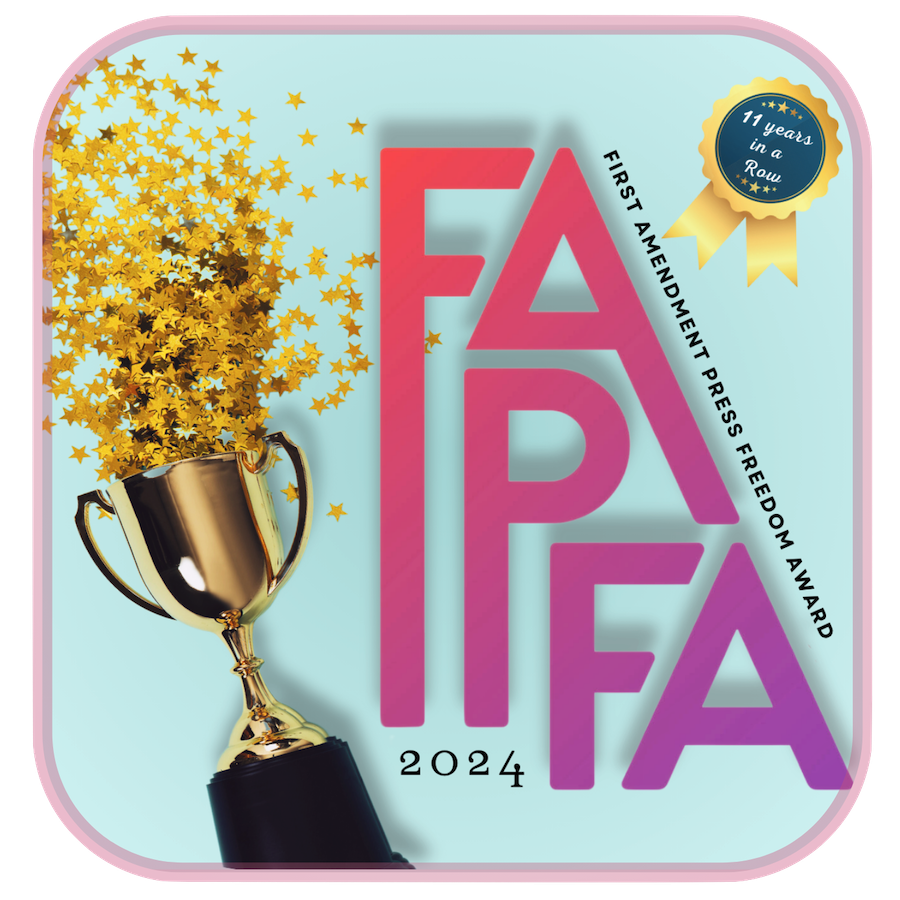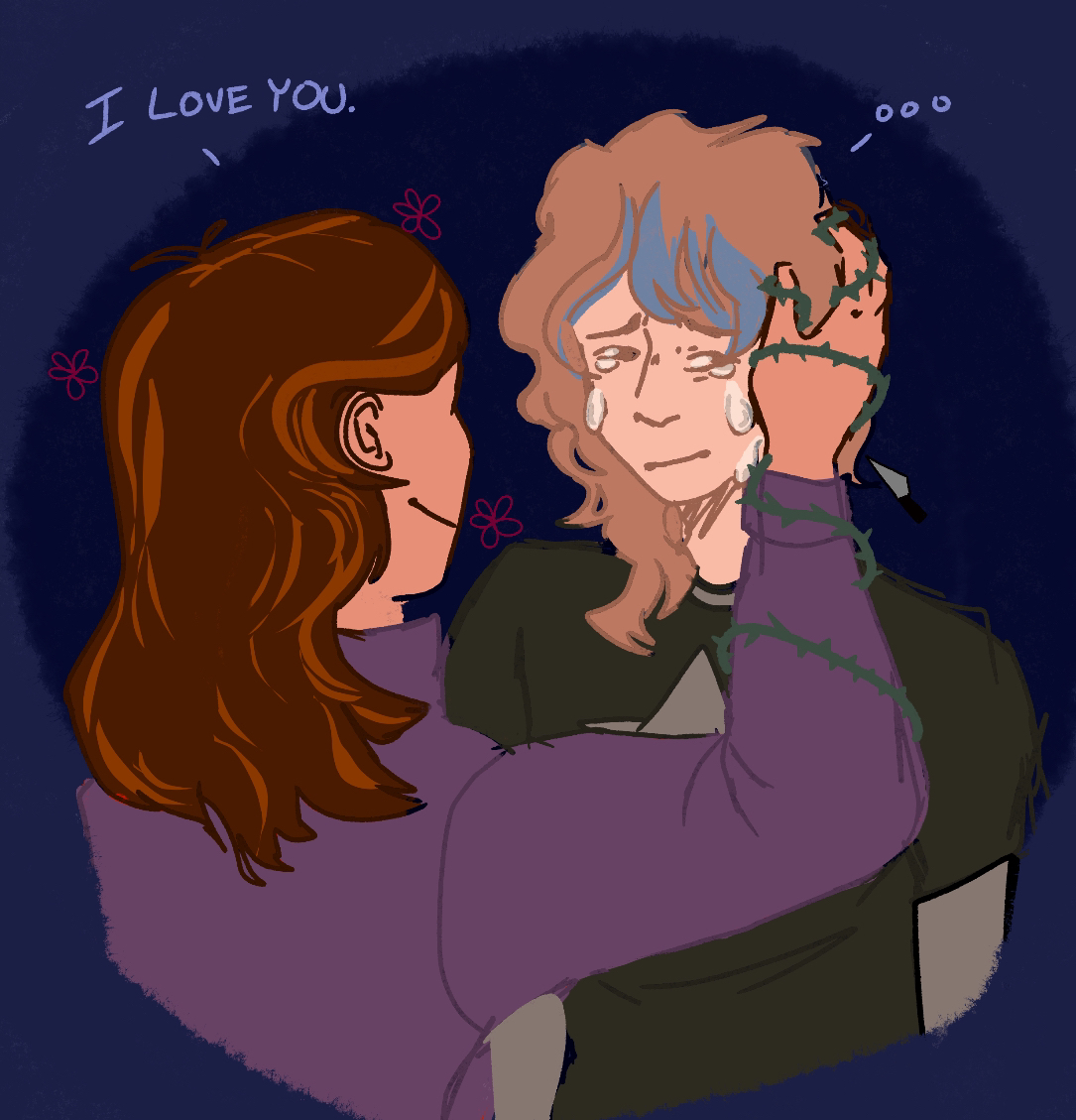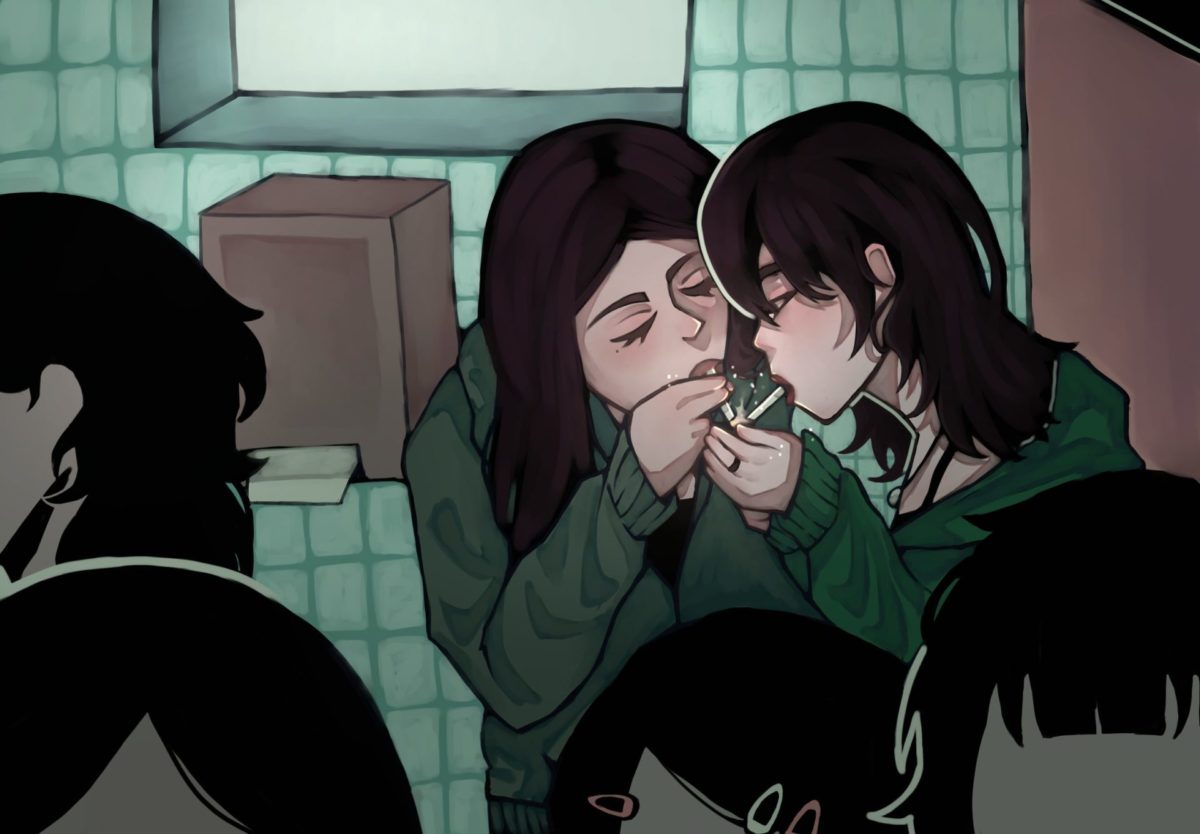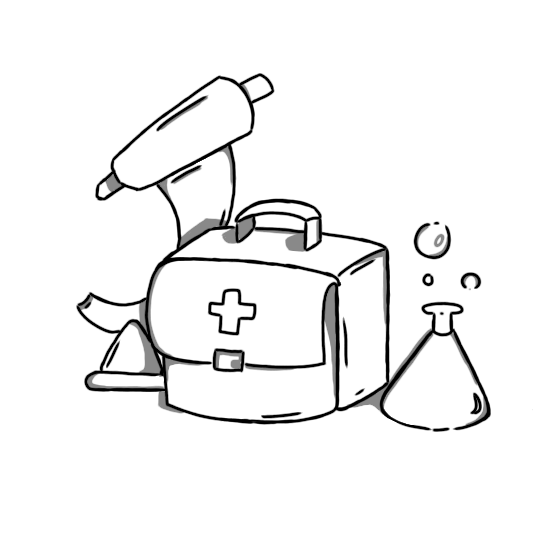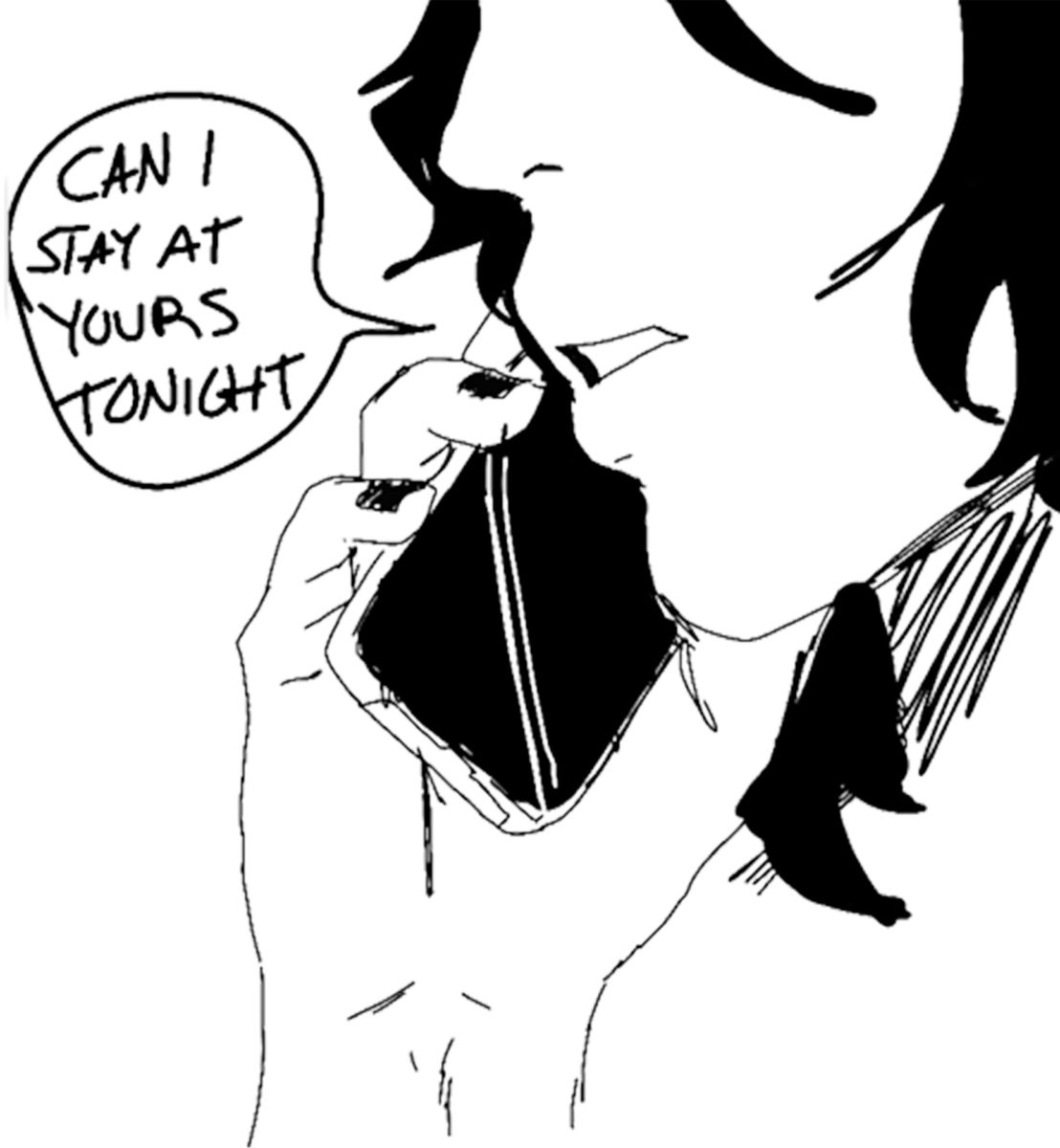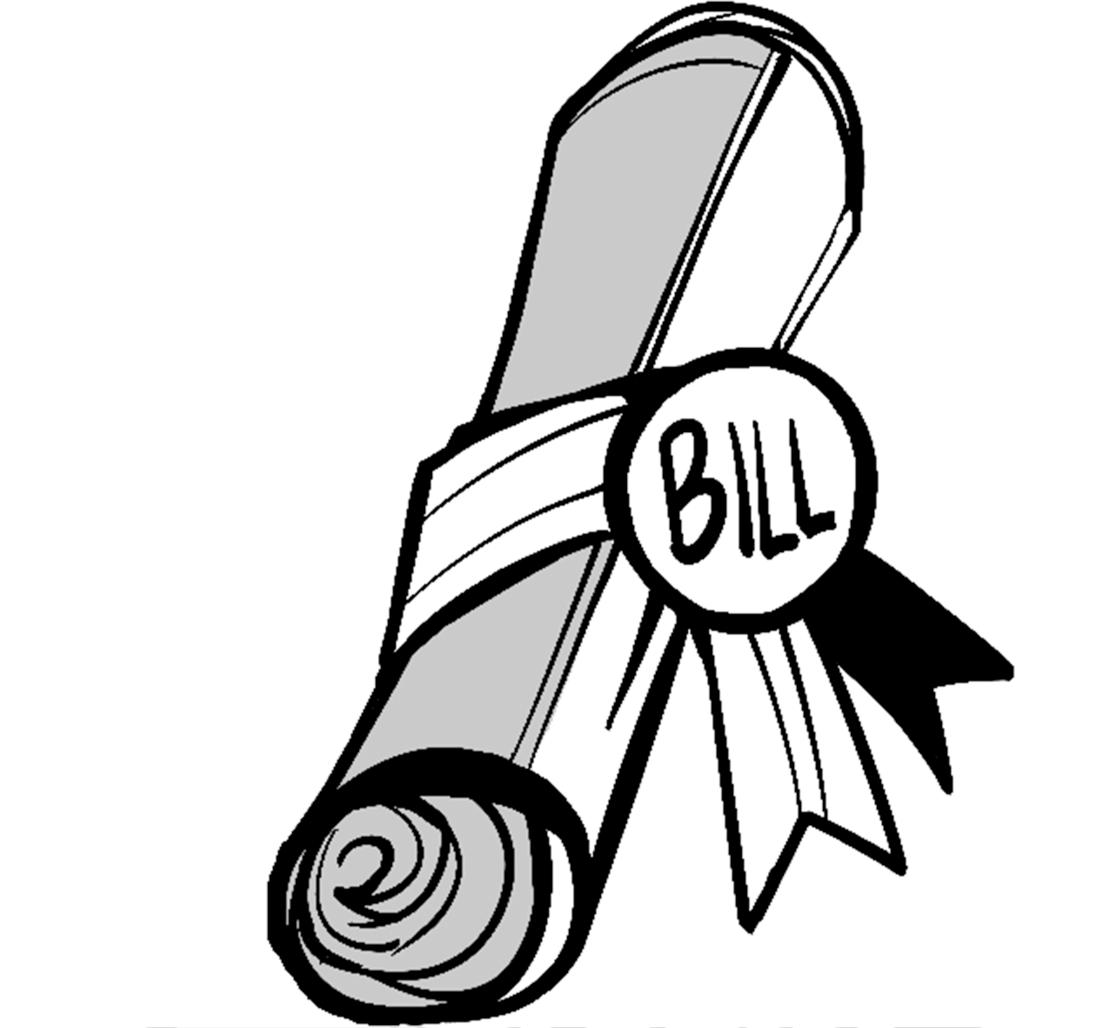They don’t promise a mind blowing high or a consciousness expanding experience. They don’t make the bad thoughts go away nor the good feelings stay longer. They don’t even offer the counterculture paradigm of marijuana, the top choice for teen drug abuse.
Prescription drugs are the second most commonly abused category of drugs, behind marijuana and ahead of tobacco, alcohol and other forms of drugs.
The National Institutes of Health estimates that 20 percent of people have used prescription drugs for non-medical purposes. To put that into perspective, there are 1345 students at MTHS, 20 percent of that is 269. And according to that statistic, that means 269 students here at MTHS have taken prescription drugs illegally.
The number of teens and young adults who were new abusers of prescription drugs grew from 400,000 in the late ’80s to 2 million in 2003, according to the Substance Abuse and Mental Health Services Administration. That’s a startling change.
The top drugs of choice are opiates like, Oxycontin, Vicodin, depressants like, Valium, and the stimulants Adderal and Ritalin.
Opiates are powerful drugs that have been used for centuries to relieve pain. When used as directed by a physician, opiates are safe and generally do not produce addiction. But opiates also possess very strong reinforcing properties and can quickly trigger addiction when used improperly.
Opiates act directly on the respiratory center in the brainstem, slowing down a person’s breathing. Excessive amounts of an opiate can cause the respiratory centers to shut down breathing altogether, causing death. Using needles to inject the opiates can also increase the risk of transmitting infectious diseases like HIV when abusers use unsterile or shared needles.
There is a high risk of overdose with non-medically supervised use of opiates. Most recently, emergency room physicians discovered that new “slow release” versions of the drug have led abusers to crush the pills and inject or inhale the powder, creating a much higher risk of overdose.
When used improperly, ADHD medications such as Ritalin and Adderall can cause a myriad of unpleasant and dangerous side effects, including respiratory problems, rapid heartbeat, delusions, paranoia and hallucinations.
These drugs can be addictive, which means that sudden abstinence can also lead to the onset of withdrawal symptoms.
Drug addiction is a biological, pathological process that alters how the brain functions.
Prolonged drug use changes the brain in fundamental and long-lasting ways. These long-lasting changes are a major component of the addiction itself.
It is as though there is a figurative “switch” in the brain that “flips” at some point during an individual’s drug use. The point at which this “flip” occurs varies from individual to individual, but the effect of this change is the transformation of a drug abuser to a drug addict.
Does their legality cancel the destructive effect they have on society? How many more lives will be permanently chained to this legal drug?





